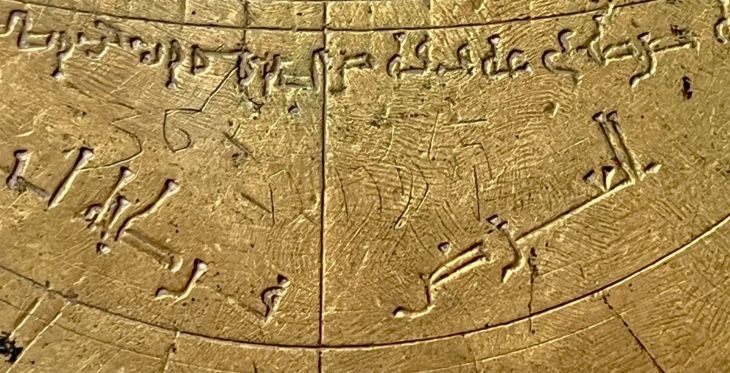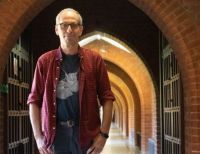The identification of an eleventh century Islamic astrolabe bearing both Arabic and Hebrew inscriptions makes it one of the oldest examples ever discovered and one of only a handful known in the world.
The astronomical instrument was adapted, translated and corrected for centuries by Muslim, Jewish and Christian users in Spain, North Africa and Italy.
Dr Federica Gigante, from Cambridge’s History Faculty and Christ’s College, made the discoveries in a museum in Verona, Italy, and just published her study in the journal Nuncius.
Dr Gigante first came across a newly-uploaded image of the astrolabe by chance on the website of the Fondazione Museo Miniscalchi-Erizzo. Intrigued, she asked them about it.
“The museum didn’t know what it was, and thought it might actually be fake,” Dr Gigante said. “It’s now the single most important object in their collection.”
“When I visited the museum and studied the astrolabe up close, I noticed that not only was it covered in beautifully engraved Arabic inscriptions but that I could see faint inscriptions in Hebrew. I could only make them out in the raking light entering from a window. I thought I might be dreaming but I kept seeing more and more. It was very exciting.”
“This isn’t just an incredibly rare object. It’s a powerful record of scientific exchange between Arabs, Jews and Christians over hundreds of years.”
“The Verona astrolabe underwent many modifications, additions, and adaptations as it changed hands. At least three separate users felt the need to add translations and corrections to this object, two using Hebrew and one using a Western language.”
Astrolabes were the world’s first smartphone, a portable computer which could be put to hundreds of uses. They provided a portable two-dimensional model of the universe fitting in their user’s hand, enabling them to calculate time, distances, plot the position of the stars and even forecast the future, by casting a horoscope.
















